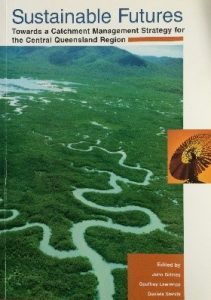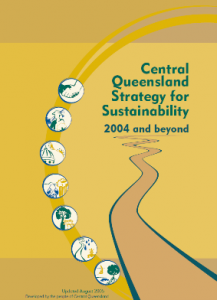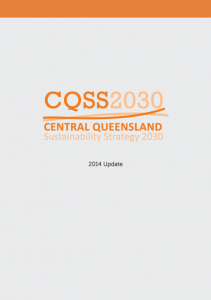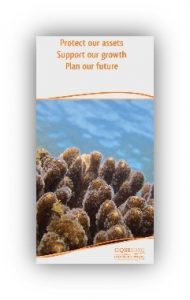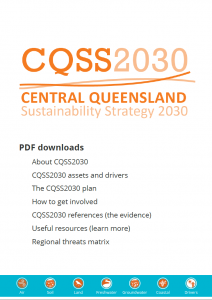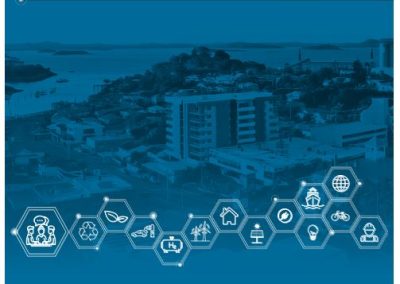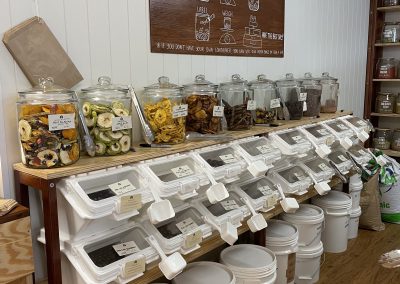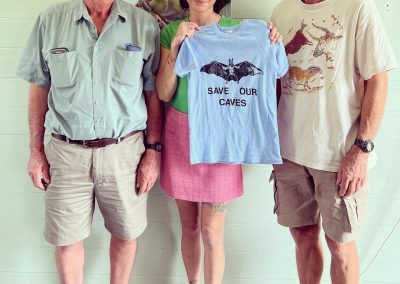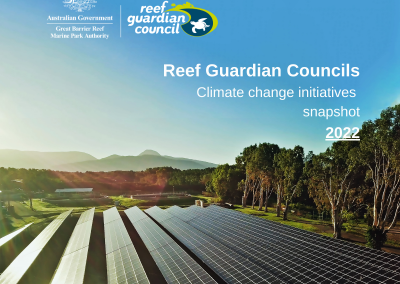Progress
History of the CQSS
The CQSS2030 has not appeared overnight; it’s the result of conversations, debates, activities and scientific research involving many people over many decades. Here’s the summary of how CQSS2030 evolved into what you are using today.
Community concern over toxic blue-green algal blooms above the Fitzroy barrage and dense mats of water hyacinth prompted an official response in 1980 that recommended legislative moves to reduce pollutants in the long term, and support flushing of the river system during floods. In 1973, the Capricorn Conservation Council was formed, and in 1976 the Capricornia branch of the Wildlife Preservation Society of QLD came together. Both groups campaigned on controversial local issues such as mining limestone at Mount Etna and mineral sand at Shoalwater Bay and Byfield.
During the 1980s, rural landholders began collective action to address land degradation even though many had engaged in their own preventive and restorative work well before that time.
Junior Landcare was introduced into Queensland schools and Moura State High School boasted integration of its concepts into the agriculture and geography curricula.
A Fitzroy wide approach to natural resources practices was promoted; a time when FBA’s roots can be traced to. In 1989 the Goss Government started introducing Integrated Catchment Management (ICM), and by 1989 more than a dozen Landcare groups were operating in the Fitzroy region.
Formal Natural Resource Management (NRM) planning started in 1991 after a major January rainfall event which resulted in the highest recorded flood at Rockhampton and significant sediment deposition into the Great Barrier Reef lagoon. In response over 200 attended ‘The Symposium’ in 1992; which also saw Rockhampton host QLD’s 2nd annual Landcare summit.
In 1993 Fitzroy Catchment Coordinating Group (FCCG) was officially recognised as the regional coordinating committee under Queensland’s Integrated Catchment Management strategy.
1996 saw the emergence of central Queensland’s first rudimentary regional strategy which was formalised in 1997 (during which time FCCG transitioned to Fitzroy Basin Association) and was endorsed by the community as Sustainable Futures in 1998.
In 2010 a collective committed to independent waterway reporting established an Independent Science Panel for the Fitzroy, which was followed by the formation of the Fitzroy Partnership for River Health (FPRH) in 2012. FPRH have produced annual waterway health reports reviewed by the Independent Science Panel for the region ever since.
During 2013 and 2014, CQSS2 underwent significant community consultation and a scientific panel review, and resulted in the first online version of the region’s NRM plan the CQSS:2030.
2014 also saw a pilot environmental report card released for Gladstone Harbour. Put together by Gladstone Healthy Harbour Partnership (GHHP was formally launched in 2013), the report card has been produced annually ever since under the guidance of GHHP’s Independent Science Panel.
Designed to help achieve targets to protect the Great Barrier Reef, the region’s first Fitzroy Water Quality Improvement Plan (WQIP:2015) was launched online in 2015 and was subsequently reviewed in 2019.
In 2018 Fitzroy Basin Association was commissioned by the Federal Government under the Regional Land Partnerships program to review and update the CQSS2030. Based on a region-wide community survey resulting in over 1,200 responses, and a technical expert panel of over 40, the CQSS2030 has been updated to reflect the latest community feedback as well as regional, state and federal targets for conserving the natural environment in the Fitzroy Region. The current version of the CQSS2030 is this website.
Recent community consultation
2022 CQ Big Data Forum
This event bought together over 100 scientists, industry, First Nations’ and government representatives to explore and discuss how natural assets in the region are monitored and reported, and how best to improve asset monitoring, reporting and management.
CQ in Focus - Nature Photography Comp
To celebrate the environment that sustains one of the most productive regions in Australia, this competition called for the best images of the region’s natural assets. The competition attracted over 570 entries and featured at least 146 different locations around CQ.
2018-2021 CQSS2030 consultation and review
The 2018-21 CQSS2030 consultation and review was funded by (and a requirement of) the Australian Government National Landcare Program – Regional Land Partnerships.
